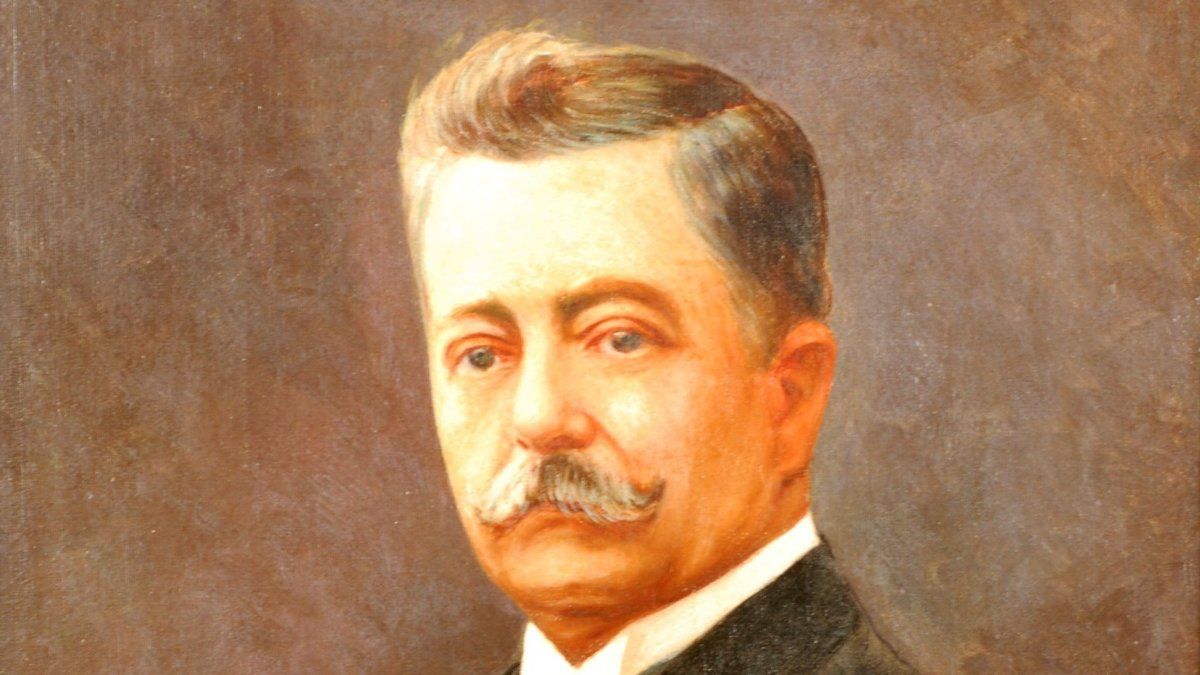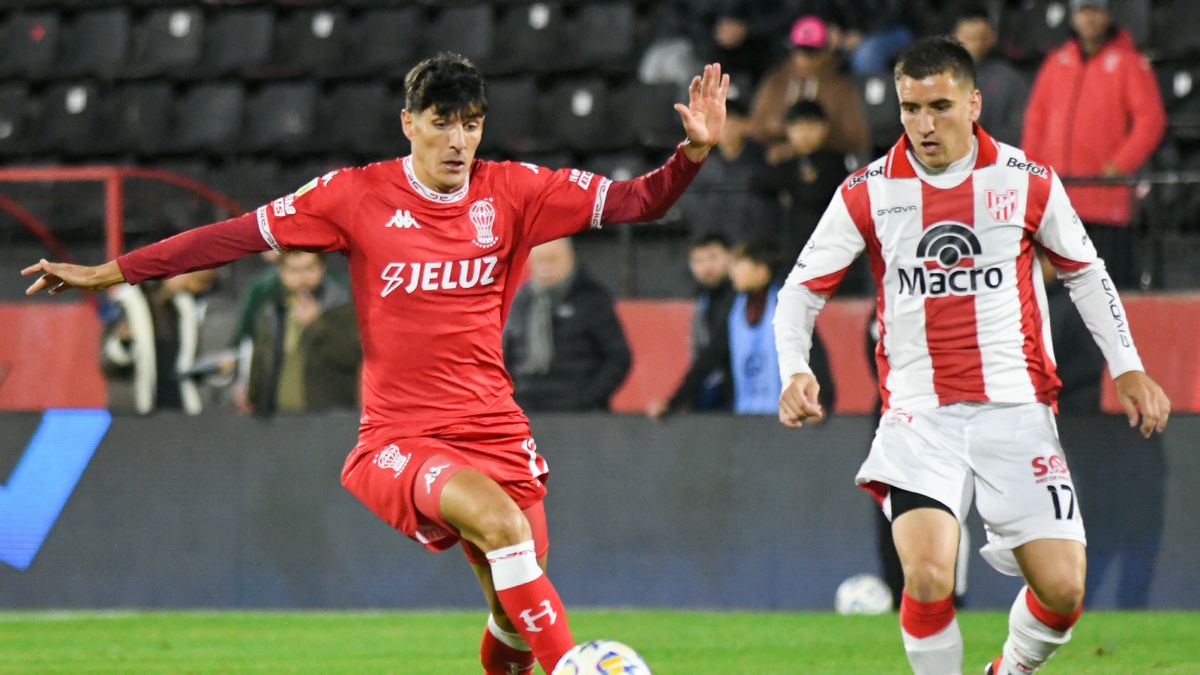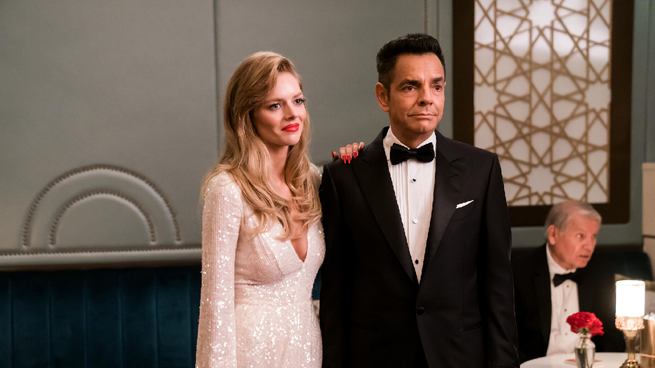Delving into the historical development of the Copa América you can find a series of unpublished facts, some curious, others humorous and also others that bordered on discrimination and racism at the time.
In 1919 he came to power Brazil President Epitácio Pessoa, advocate of a “white” vision for the nation. Ashamed of the multi-ethnic character of his countryis going to “recommend” that black players cannot represent the nation in international competitions.
This determination is evident in the 1921 America’s Cup where an absolutely white delegation ends runner-up behind Argentina, organizing country.
These were other times, where state racism was tolerated and there was no global awareness on the issue.
In 1922, with the intention of celebrating the first centenary of its independence, Brazil was the venue for the contest. Once again, the venue was Rio de Janeiro and the matches were played at the Das Laranjeiras stadium. The Brazilians had the obvious pressure to win it no matter what, since in the 1920 South American Championship, the Verdeamarelha had finished third behind the champion Uruguay and Argentina.
At that time there was a player, now legendary, known as Arthur Friedenreich a green-eyed mulatto, with a German father and a Brazilian mother, who faithfully represented a bridge between European and African factions.
Friedenreich, nicknamed “El Tigre” or “King of Soccer”, He was at that time the biggest star of his country, virtuoso and powerful scorer who is said to have scored more goals than Pelé, something for which there are no official records. He had been the scorer of the Cup in 1919, before the ban was imposed.
His presence in the national team was essential, to the point that it made the prevailing racism against blacks more flexible.
Arthur Friedenreich.jpeg
Arthur Friedenreich, a mulatto with green eyes, was at that time the biggest star in his country and could not play because of his skin color, due to a decision by President Epitacio Pessoa. The people demanded that the Government change its decision. Friedenreich played, but was injured in the first game.
X.com
The pressure from the people and the popular passion of the Brazilian fan demanded that he be allowed to play Friedenreich. In this way, the people twisted the Government’s arm and President Epitácio Pessoa lifted his decree.
In his house, Brazil did not disappoint. He was champion led by Amílcar, Neco and Heitor Domingues, three great stars who have a place in the great history of Verdeamarela football. However, The irony was that their great star, Arthur Friedenreich, was injured in the first game. .
Beyond the undisputed title, the championship had a strange resolution: it featured an unprecedented triple tie for first place between Brazil, Uruguay and Paraguay. The key to the situation was that the Uruguayans, in protest of the refereeing, withdrew from the tournament. In those years, La Celeste dominated football and was a great favorite to win the title. Then, the doors opened for Brazilians.
Brazil and Paraguay broke a tie in a title match. And the local did not miss the opportunity. It was a 3-0 victory.
Source: Ambito
I am Pierce Boyd, a driven and ambitious professional working in the news industry. I have been writing for 24 Hours Worlds for over five years, specializing in sports section coverage. During my tenure at the publication, I have built an impressive portfolio of articles that has earned me a reputation as an experienced journalist and content creator.




